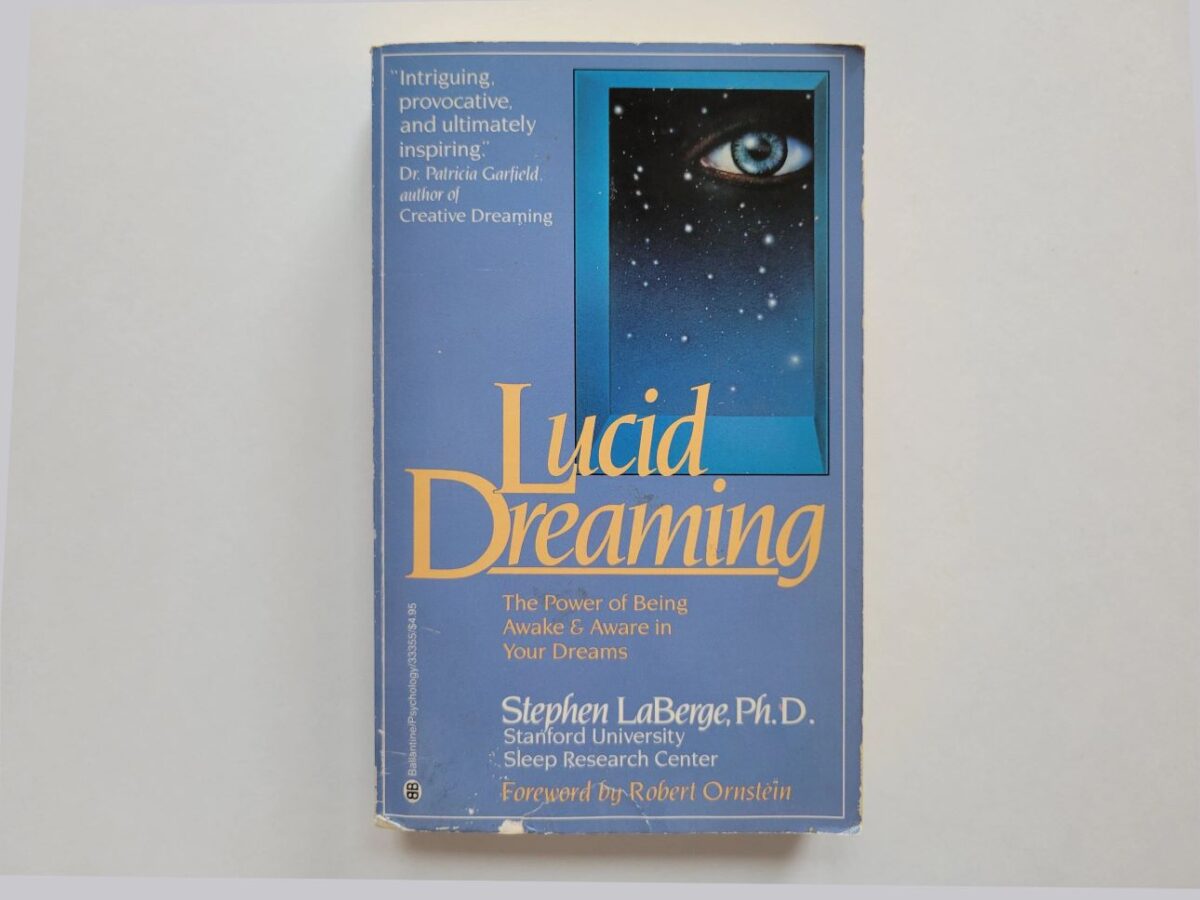Sunday, 4:20pm Discussion of the direct method should start with stating that it should only be attempted after mastering the indirect method. It often seems to people that the direct method is better suited to them, and they’re nearly always wrong.
1. Introduction to the Direct Method The direct method for phase entry comprises techniques performed without prior sleep or after being awake for a substantial length of time. Although this class of techniques is the hardest to master, out-of-body experiences can be achieved in at least 50% of attempts when practiced correctly.
2. When to Make Attempts It’s best to start one’s practice of the direct method from the deferred method for direct techniques. In this case one needs to wake up (preferably after 6 or 7 hours of sleep), get up and go do something for several minutes, and then lie back down in bed and immediately make an attempt to enter out-of-body experience without first falling asleep to catch a subsequent awakening (as is done with the indirect method). The second most effective window of time for practicing the direct method is before falling asleep for the night. Once you’re able to get the direct method to work both using the deferred method and before going to bed for the night, you’re ready to try it at any time of the day.
3. Body Position While there is no fixed body position for practicing out-of-body experience due to the uniqueness of each person and situation, there is a principle for selecting which position to assume. For example, if a practitioner knows that he might quickly fall asleep while performing a technique, he ought to lie down in a position that is uncomfortable to sleep in. If a practitioner is wide awake and his mind alert, then he’s better off lying in the most comfortable sleeping position possible. One may change positions over the course of the process.
4. Frequency of Use Direct techniques may be attempted 3 times a week at most, but no more than once a day. This limit may be exceeded only if one’s attempts are successful the majority of the time. A single attempt should not exceed 20 minutes. If one gets no results within this period of time, it’s best to just go to sleep. Otherwise, one risks developing a case of insomnia.
5. General Rules First, performing the direct techniques is to be enjoyable. The practitioner should derive pleasure and enthrallment from the very act of performing the actions instead of irritably and impatiently waiting for results. Second, the direct techniques must be performed with deep-seated desire to get results, and yet this yearning must stay well below the surface – one should keep a poker face and feel emotionally indifferent to the outcome. One’s approach shouldn’t be obsessive. There should not be a sense of exaggerated importance. Just the opposite is called for – the practitioner should be completely indifferent to the outcome, thinking, for example, “If it works, great. If not, no big deal.”
6. The Techniques The indirect method and direct method do not differ in terms of techniques. The role of the techniques is of secondary importance in this case, and it doesn’t make that big a difference which ones are chosen. Options include rotation, observing images, the swimmer technique, the technique of visualizing the hands, and any other technique. Although the techniques might work from beginning to end, that doesn’t mean much with the direct method, unlike with the indirect method. If the practitioner feels that he might fall asleep, then he should switch techniques every few minutes, or even more frequently. If he is wide awake and his mind is clear, then he’s better off selecting one technique he finds interesting and performing it for the entire 15 minutes.
7. The Free-Floating State of Mind This is the most important ingredient for success with the direct method. Achieving nothing more than it alone can bring you into out-of-body experience. You should draw the depicted free-floating state of mind diagram on the board and explain using examples how the aim of the direct techniques is to achieve microsleep (a brief lapse in consciousness) which is followed by out-of-body experience if the microsleep is of the right depth.
For example, a practitioner might lie in a comfortable position despite being sleepy, start doing some technique, and fall asleep within several seconds. Another might lie uncomfortably on his back and begin energetically trying to enter out-of-body experience using some technique. His mind would be “on” for the entire 15 minutes, and he would be waiting for a result the whole time, hoping for a dramatic transition into out-of-body experience. Actually, he’s headed for a dead end, as he’ll be lying down wide awake the whole time.
Meanwhile, an example of the right way to perform it would be a sleepy practitioner intent on entering out-of-body experience lying uncomfortably while thinking about something else and starting to do some technique. His awareness gradually fades, but he suddenly comes to and realizes that out-of-body experience isn’t there yet. He then strives to temporarily “zone out” into a still deeper state. He concentrates on monotonously performing a technique. His consciousness submerges deeper and deeper, but after some time he comes back to. Though a number of unusual sensations make themselves felt, out-of-body experience is not yet there. He then starts to do a technique that distracts him and gradually powers down his conscious awareness. After submerging even deeper into unconsciousness, he abruptly comes to and feels out-of-body experience. He realizes that he will be able to separate. This is usually immediately clear. He separates and carries out his plan of action.
It should be made clear to students that it is practically impossible to both control the direct techniques and remain fully conscious without interruption. Indeed, temporarily “zoning out” is what creates the necessary physiological transition. Although sometimes this is less important with the deferred method for direct techniques, it nearly always holds true for attempts made before going to bed for the night and during the day.
Examples Using your own personal experience and the experiences of practitioners provided in the book out-of-body experience, give some examples of phase entries using the direct method. Try to point out evidence of lapses in consciousness before phase entry. Ask the students in the group about their lapses in consciousness and subsequent phase entries. It’s almost guaranteed that someone will have had a spontaneous encounter with this phenomenon – but thought nothing of it at the time.









